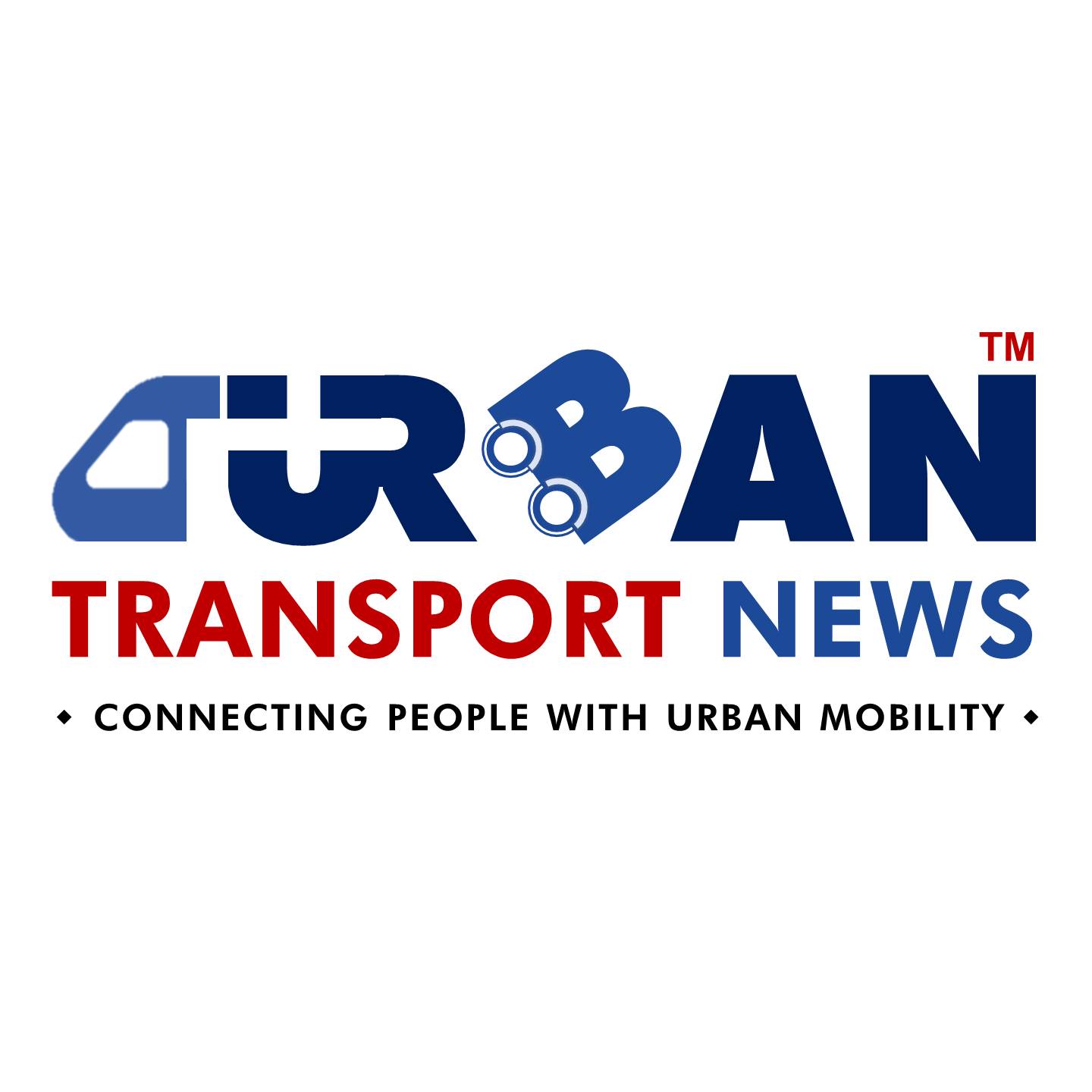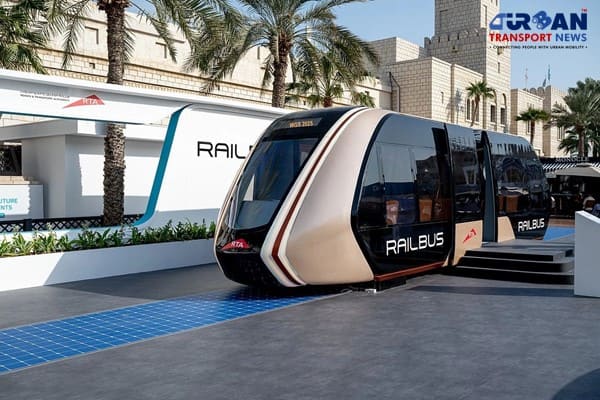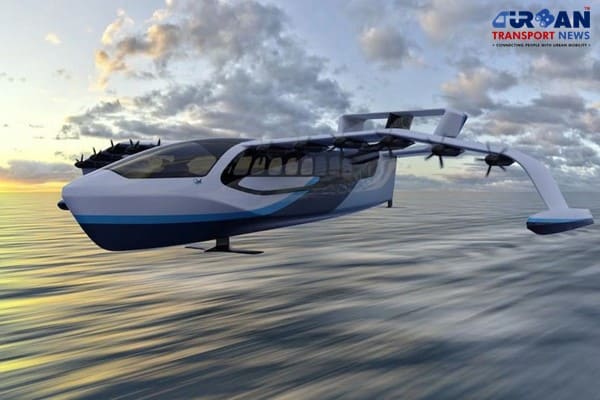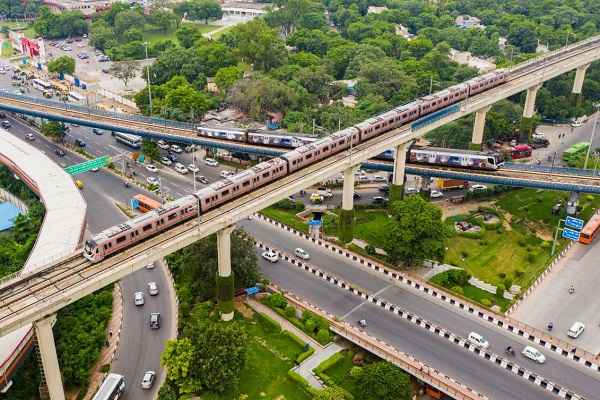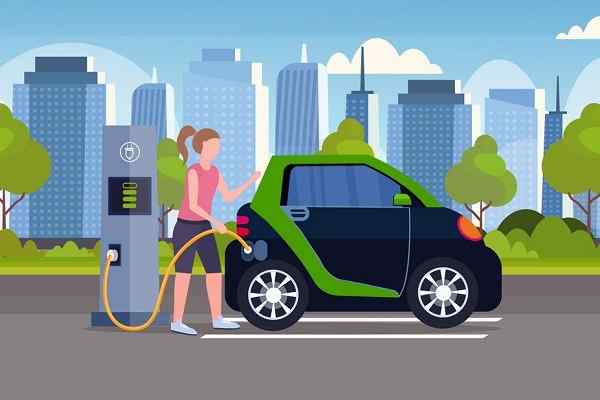 Women Powering India’s Electric Mobility Revolution
Women Powering India’s Electric Mobility Revolution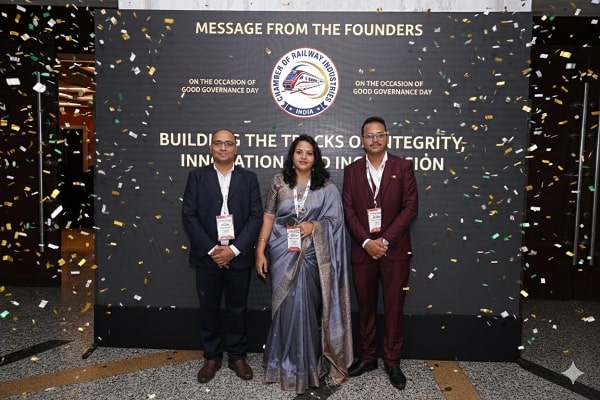 Rail Chamber Launched to Strengthen India’s Global Railway Leadership
Rail Chamber Launched to Strengthen India’s Global Railway Leadership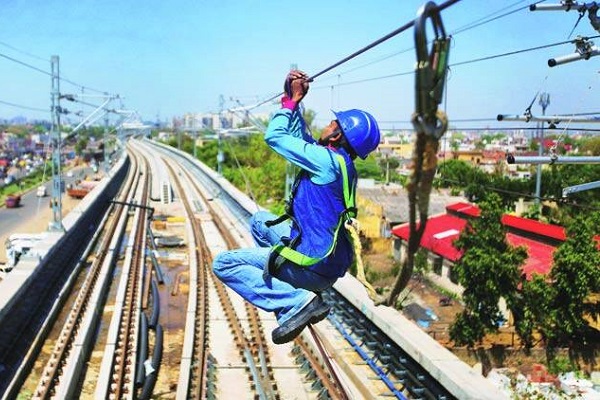 Wage and Hour Enforcement Under the Massachusetts Wage Act and Connecticut Labor Standards
Wage and Hour Enforcement Under the Massachusetts Wage Act and Connecticut Labor Standards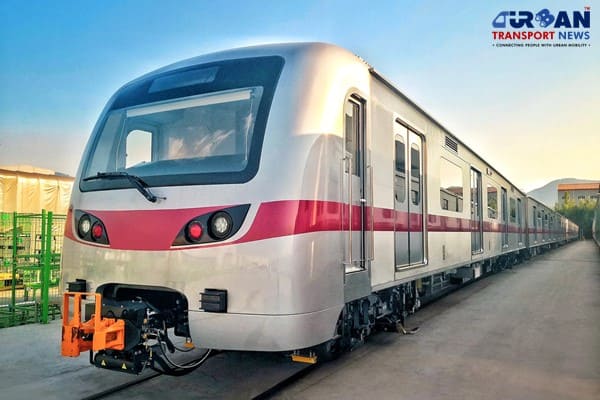 MRT‑7: Manila’s Northern Metro Lifeline on the Horizon
MRT‑7: Manila’s Northern Metro Lifeline on the Horizon Delhi unveils ambitious Urban Mobility Vision: Luxury Metro Coaches, New Tunnels and Pod Taxi
Delhi unveils ambitious Urban Mobility Vision: Luxury Metro Coaches, New Tunnels and Pod Taxi Qatar approves Saudi Rail Link Agreement, Accelerating Gulf Railway Vision 2030
Qatar approves Saudi Rail Link Agreement, Accelerating Gulf Railway Vision 2030 UP Govt plans to introduce Water Metro services in Ayodhya, Varanasi & Prayagraj
UP Govt plans to introduce Water Metro services in Ayodhya, Varanasi & Prayagraj India’s First Urban Ropeway begins Trial Run in Varanasi, Set to carry 1 Lakh passengers daily
India’s First Urban Ropeway begins Trial Run in Varanasi, Set to carry 1 Lakh passengers daily India and Bhutan to Build First-Ever Rail Link: ₹4,033 Cr Project to Boost Regional Connectivity
India and Bhutan to Build First-Ever Rail Link: ₹4,033 Cr Project to Boost Regional Connectivity Patna to launch Eco-Friendly Water Metro; Trial Run soon between Digha and Kangan Ghats
Patna to launch Eco-Friendly Water Metro; Trial Run soon between Digha and Kangan Ghats
Revolutionizing Urban Mobility: Innovations for Future Cities
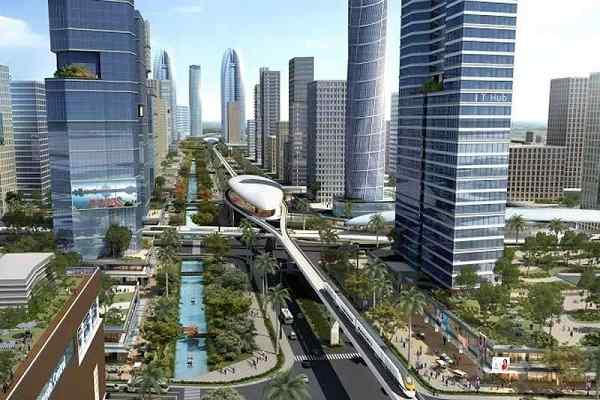
In the grand theater of human progress, cities have taken center stage. As more people flock to urban areas seeking opportunities and a better quality of life, our cities are facing unprecedented challenges. One of the most pressing of these challenges is urban mobility. With crowded streets, suffocating traffic jams, and pollution-choked air, the way we move in cities is in desperate need of innovation. If you're looking for a different kind of excitement, you might even find it in live blackjack in Pokerbet.
The good news is that innovations in urban mobility are not just a roll of the dice; they are carefully designed and strategically implemented solutions that are reshaping the future of our cities. In this article, we will delve into the challenges cities face, the innovations that are revolutionizing urban transportation, and the potential benefits for all urban dwellers.
The Urban Mobility Challenge
As the global population continues to migrate towards urban centers, the pressure on urban transportation systems intensifies. This presents a multitude of challenges:
-
Congestion Nightmare: Traffic congestion is a daily struggle in many cities, leading to productivity losses, increased stress, and environmental degradation.
-
Pollution Woes: The exhaust fumes from conventional vehicles contribute significantly to air pollution and climate change, impacting public health and the environment.
-
Inefficiency: The inefficiency of current transportation systems results in wasted time and resources, with many commuters spending hours each week stuck in traffic.
The Drive Toward Innovation
To address these challenges, cities around the world are turning to innovation. Emerging technologies and data-driven approaches are driving this change:
-
IoT and Connectivity: The Internet of Things (IoT) is enabling the creation of smart transportation systems. These systems gather data from various sources, including vehicles and infrastructure, to optimize traffic flow and reduce congestion.
-
AI-Powered Solutions: Artificial Intelligence is being used to develop predictive models for traffic patterns, allowing cities to proactively manage congestion and reduce the time commuters spend on the road.
-
Electrification: The electrification of transportation is on the rise. Electric vehicles (EVs) are becoming more accessible, and cities are investing in charging infrastructure to support this transition.
Game-Changing Innovations
Several game-changing innovations are reshaping urban mobility:
-
Autonomous Vehicles (AVs): Self-driving cars have the potential to revolutionize urban transportation by reducing accidents, improving traffic flow, and increasing accessibility for people with disabilities.
-
Electric Transportation: EVs are environmentally friendly and cost-effective. They reduce emissions and noise pollution while offering lower operating costs for both individuals and fleets.
-
Shared Mobility: Ride-sharing services and bike-sharing programs promote more efficient use of vehicles, reducing the number of cars on the road and mitigating congestion.
-
Hyperloop and Maglev Trains: High-speed transportation technologies like the Hyperloop and magnetic levitation (Maglev) trains offer the promise of ultra-fast, efficient intercity travel, reducing the need for short-haul flights and long commutes.
Overcoming Challenges
Despite their promise, innovative mobility solutions face challenges:
-
Regulatory Hurdles: Governments must adapt regulations to accommodate AVs, shared mobility, and new transportation technologies, ensuring safety and fairness. If you're interested in navigating complex rules and strategies, you might also want to explore poker rule in casino Pokerbet.
-
Public Acceptance: Building trust in autonomous vehicles and shared mobility services remains a significant hurdle. People need to feel safe and confident using these innovations.
-
Job Displacement: As AVs and automation increase, there's concern about job displacement in industries like trucking and taxi services. Transition plans for affected workers are essential.
Sustainable and Inclusive Mobility
Sustainability is a critical aspect of future urban mobility:
-
Reducing Carbon Emissions: Electric vehicles and other clean technologies can significantly reduce greenhouse gas emissions from transportation, contributing to a cleaner environment.
-
Affordable Accessibility: To ensure inclusivity, innovations should be designed to provide accessible and affordable transportation options for all, bridging gaps in socio-economic mobility.
The Human Aspect of Urban Mobility
Improving urban mobility isn't just about reducing congestion and emissions; it's about enhancing the quality of life:
-
Stress Reduction: Reduced traffic congestion and more efficient transportation options can lead to less stress for commuters, improving mental well-being.
-
Health Benefits: Encouraging walking, biking, and clean transportation can lead to a healthier population with fewer respiratory problems and a reduced risk of obesity.
-
Social Interaction: Efficient public transportation systems can encourage people to interact more, fostering a sense of community and reducing social isolation.
The Future of Cities
In the not-so-distant future, cities could undergo remarkable transformations:
-
Less Congestion: With AVs, shared mobility, and efficient public transportation systems, we could see a dramatic reduction in traffic congestion.
-
Improved Air Quality: A shift to electric and shared transportation could lead to cleaner air and healthier urban environments.
-
Efficient Urban Planning: Innovations in urban mobility can inform smarter, more sustainable urban planning, making cities more livable and environmentally friendly.
Conclusion
The dice of urban mobility are no longer random. With innovation as the guiding hand, cities have a real chance to transform their transportation systems, making them more efficient, sustainable, and inclusive. These innovations offer a glimpse into a future where cities are not defined by traffic jams and pollution but by the quality of life they provide to all residents.




